If you’ve ever slurped a steaming bowl and wondered, "What exactly are ramen noodles made of?", you're not alone.
The Foundation: Ramen Noodle Ingredients
At their core, traditional ramen noodles are made from four key ingredients:
- Wheat flour (komugi-ko, 小麦粉): Provides structure, elasticity, and the base for the chewy texture.
- Water (mizu, 水): Essential for hydrating the dough and activating gluten.
- Salt (shio, 塩): Enhances flavor and strengthens gluten development.
- Kansui (かん水): An alkaline mineral water containing sodium carbonate and potassium carbonate. Gives ramen its springy texture and pale yellow hue.
Kansui distinguishes ramen from other noodles like soba or udon. If unavailable, baked baking soda (sodium bicarbonate) can act as a substitute.
Some artisanal ramen noodles may include eggs or specialty wheat blends for added richness, but chewy texture remains central to ramen identity.
Another essential to enjoying ramen are the chopsticks paired with it, check out our individual and couple chopstick sets perfect for any occasion!

Noodle Shapes and Types
Ramen noodles vary in shape and texture:
- Thin or thick
- Straight or wavy (chijire-men, ちぢれ麺)
- Flat, round, or square in cross-section
Regional styles influence noodle choice. Hakata-style uses thin straight noodles for tonkotsu broth; Sapporo-style favors thick, curly noodles to capture hearty miso flavors.
From Dough to Noodle: The Production Process
- Mixing: Combine flour, water, salt, and kansui to form a stiff dough.
- Kneading: Knead until smooth and elastic.
- Resting: Allows gluten to relax and improves texture.
- Rolling and Cutting: Roll out and cut to desired shape and thickness.
- Cooking: Boil until tender, then rinse in cold water to preserve texture.
In commercial production, machinery produces uniform curly or straight noodles efficiently.
Instant Ramen: How It’s Made
- Steaming: Cooks the noodles.
- Dehydrating: Noodles are fried or air-dried to preserve.
- Packaging: Dried noodles are shaped and paired with seasoning packets.
Invented by Momofuku Ando in 1958, this method transformed ramen into a convenient global staple.
The Roots: Historical Background of Ramen
Ramen originated with Chinese immigrants in the late 19th century. Known initially as lamian, it evolved in Japanese port cities like Yokohama, where it was called shina soba (支那そば).
After WWII, wheat became more accessible due to American imports. Food carts popularized ramen, and instant noodles brought it to a global audience. Today, Japan has thousands of ramen shops and museums like Yokohama’s Ramen Museum.
Toppings That Complete the Bowl
- Chāshū pork (チャーシュー): Braised pork belly or loin.
- Soy sauce eggs (ajitama, 味付け卵): Marinated soft-boiled eggs.
- Menma (メンマ): Fermented bamboo shoots.
- Nori seaweed (nori, 海苔)
- Spring onions (negi, ねぎ)
- Narutomaki (なると巻き): Pink-swirled fish cake.
- Bok choy, mushrooms, tofu, or katsu chicken
Dietary Considerations and Modern Variations
While traditional ramen contains gluten, modern diets have inspired variations:
- Rice noodles
- Potato or sweet potato starch blends
- Millet, quinoa, or buckwheat flours
- Egg-based noodles
Ramen Broths: The Perfect Match for the Noodles
- Shio (Salt): Light and clear.
- Shoyu (Soy Sauce): Savory and brown.
- Miso: Creamy and rich.
- Tonkotsu: Milky pork bone broth.
Noodles, broths, and toppings work in harmony, each tailored to the other.
Elevating the Experience: Why the Bowl Matters
In Japan, presentation is integral. Traditional ceramic ramen bowls are deep and wide to:
- Maintain heat and aroma
- Accommodate generous toppings
- Highlight noodle texture
Final Slurp: More Than Just Noodles
Made from simple ingredients, flour, water, salt, and kansui, ramen noodles embody Japan’s blend of tradition and innovation.
Frequently Asked Questions
Are ramen noodles vegan?
Traditional noodles are usually vegan, but check for egg or other additives.
Are ramen noodles healthy?
Homemade ramen can be balanced and nutritious; instant versions are best enjoyed in moderation.
Can I make ramen noodles at home?
Yes! Combine flour, salt, water, and baked baking soda (as a kansui substitute) and follow steps to knead, roll, and cut noodles.
With this comprehensive guide, you now know what goes into ramen noodles and why each bowl is a celebration of craft, culture, and comfort.


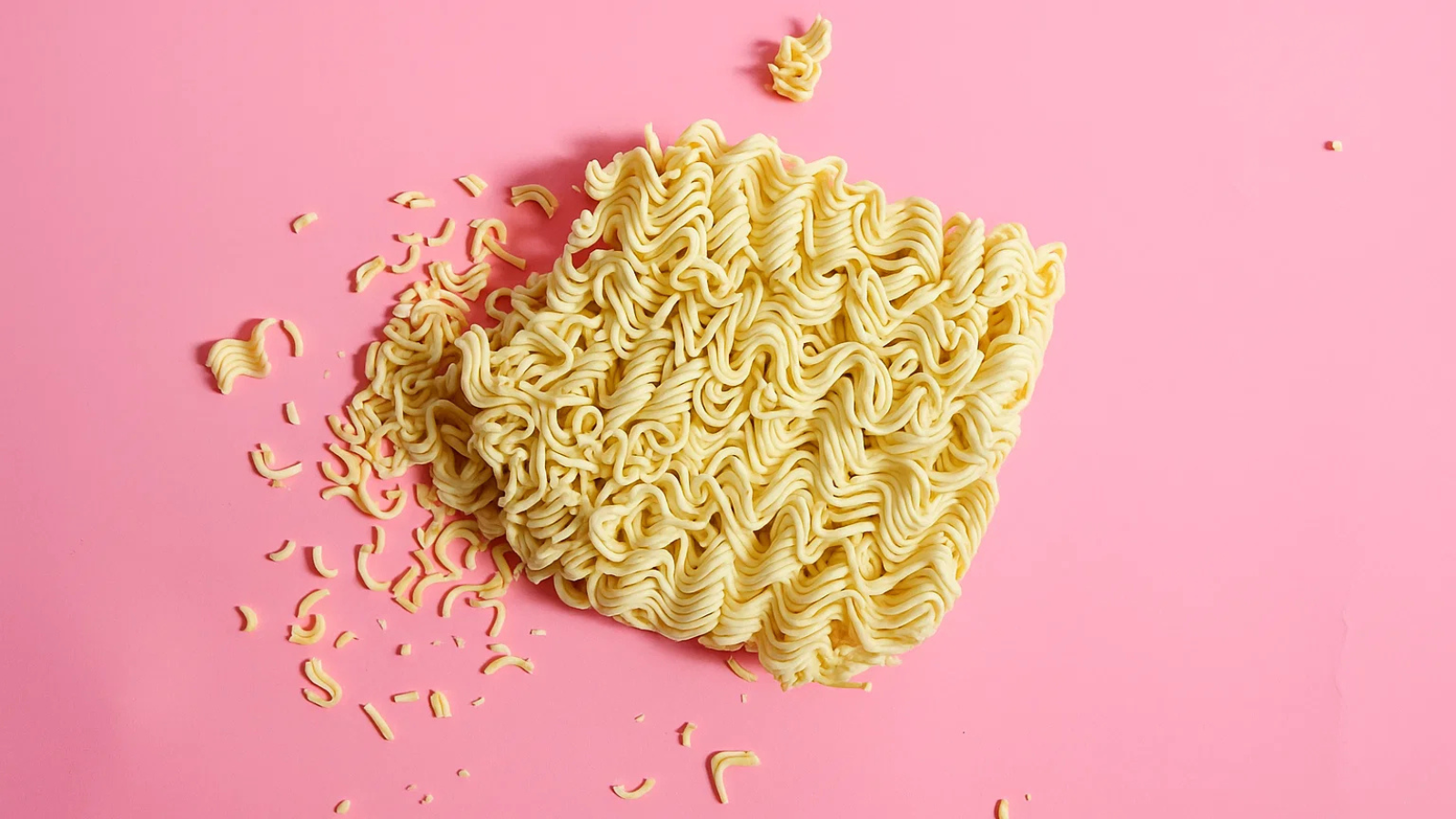

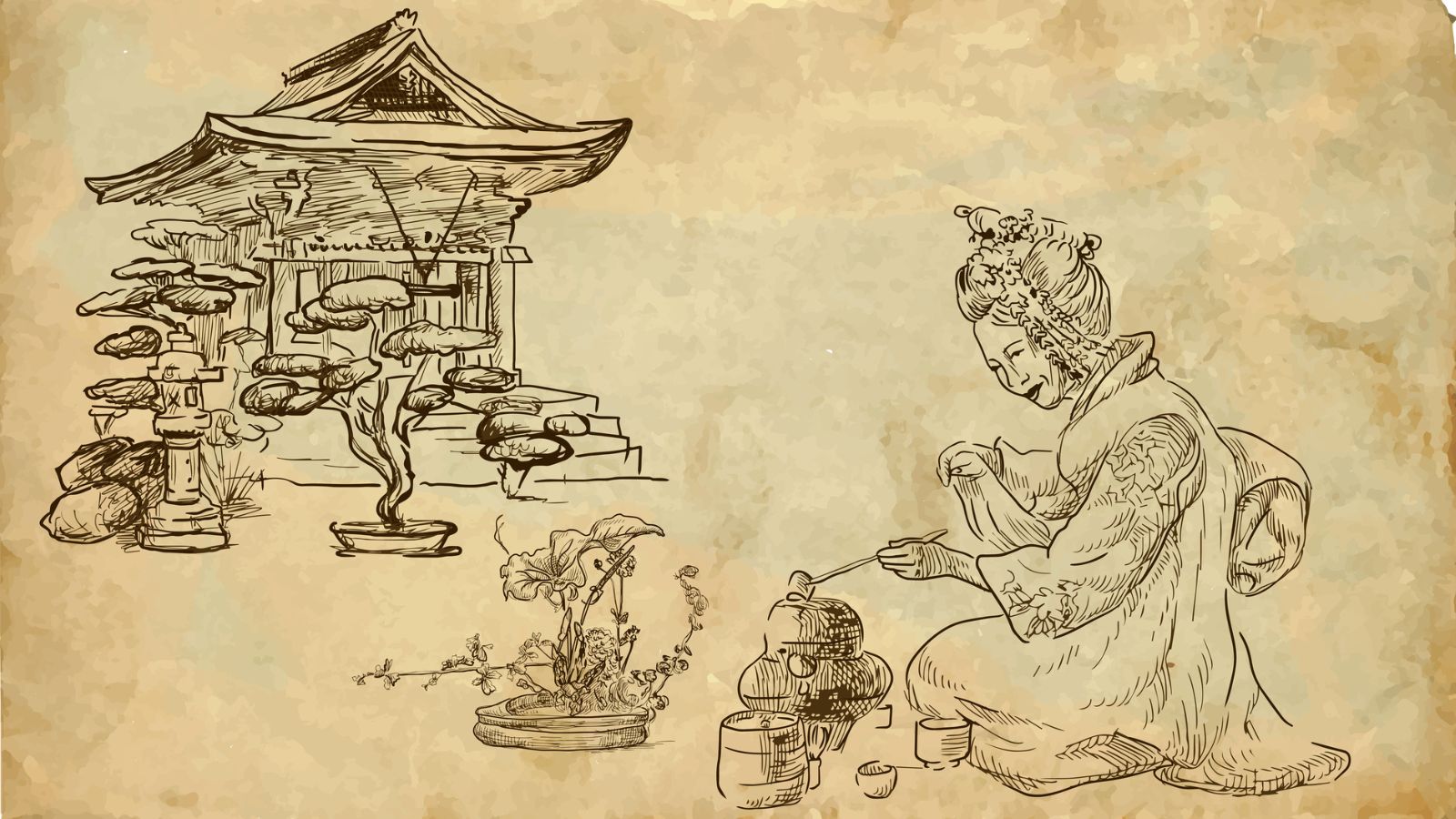


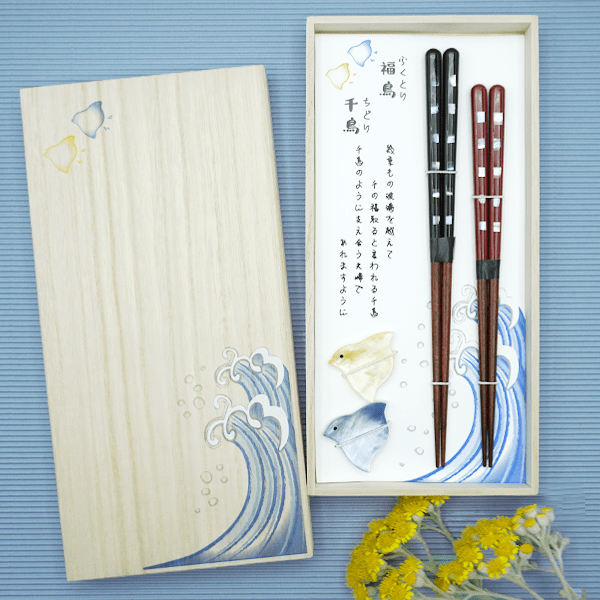
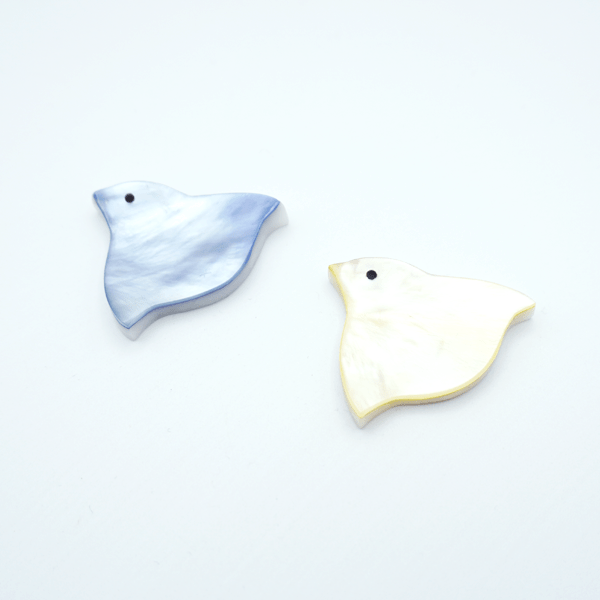
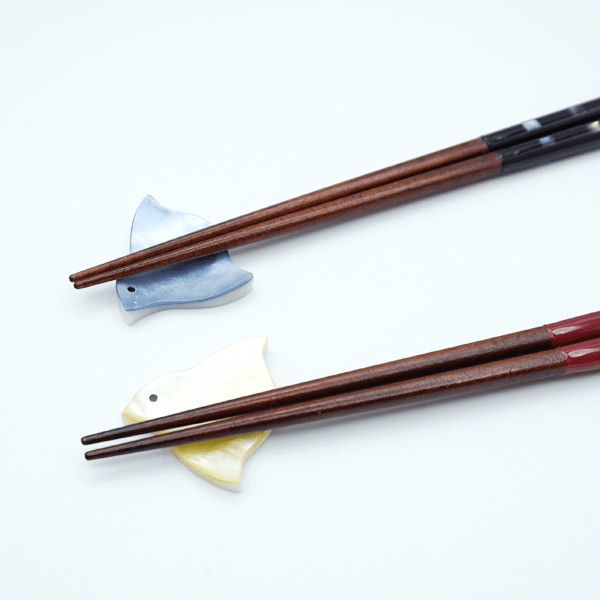
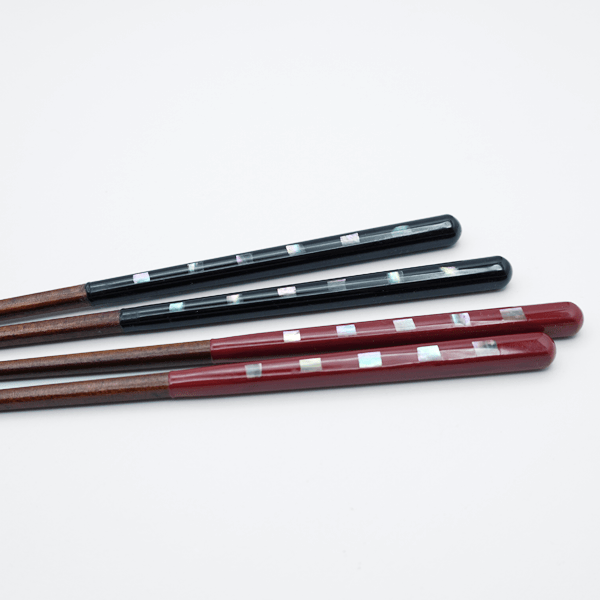
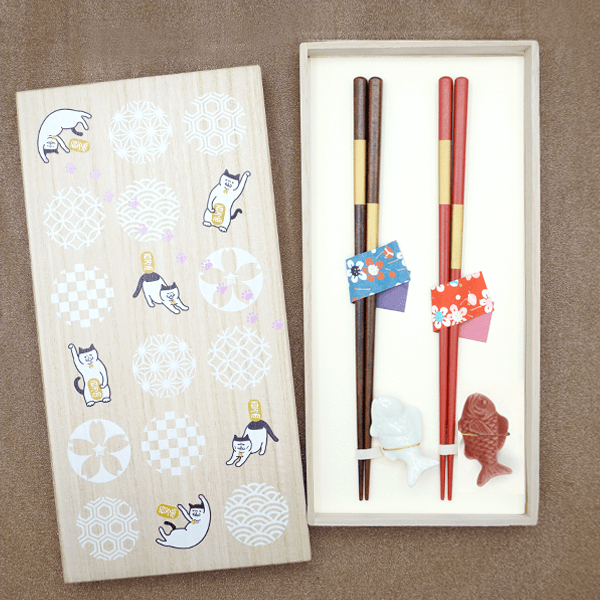
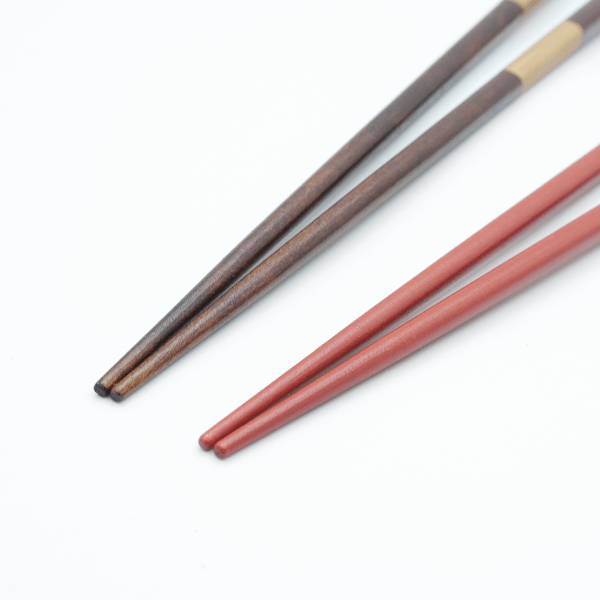
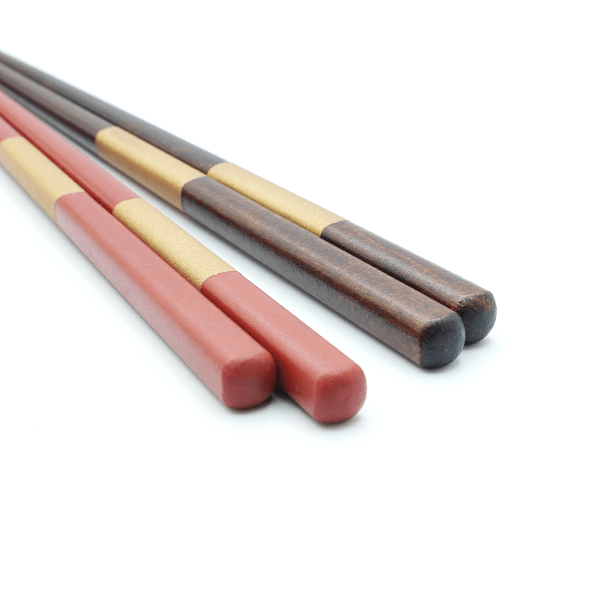
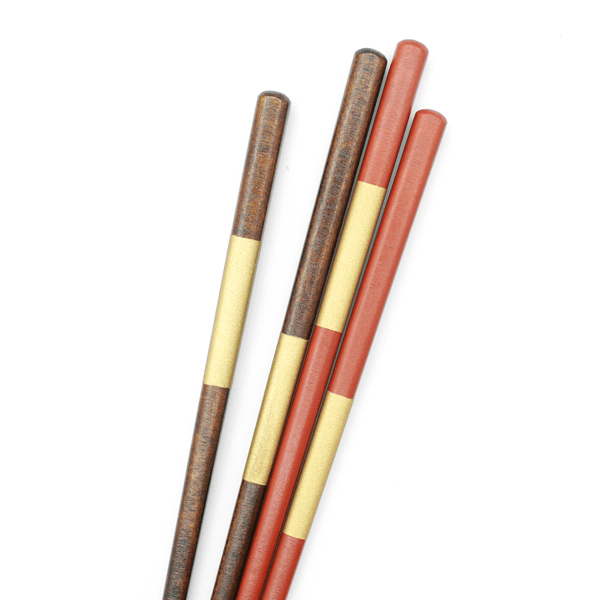
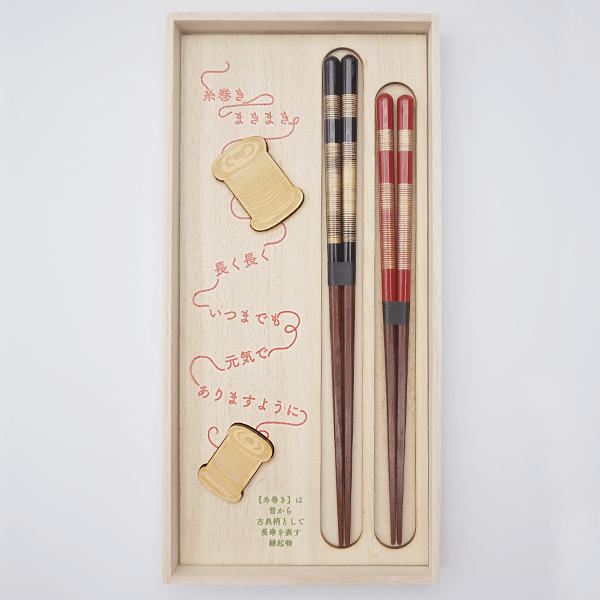
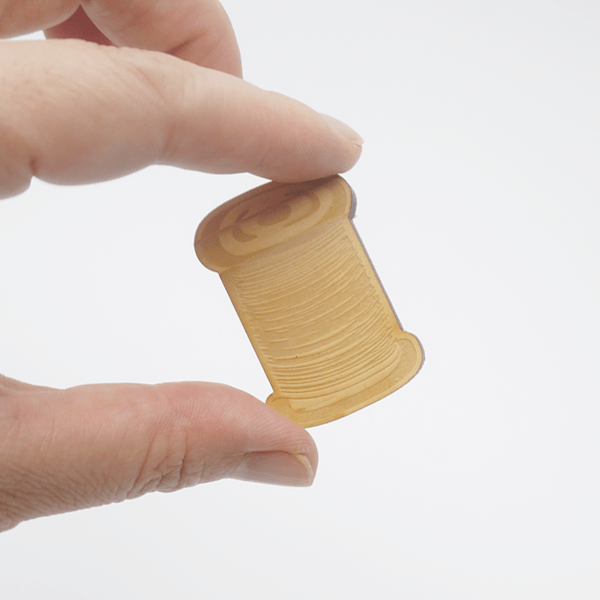
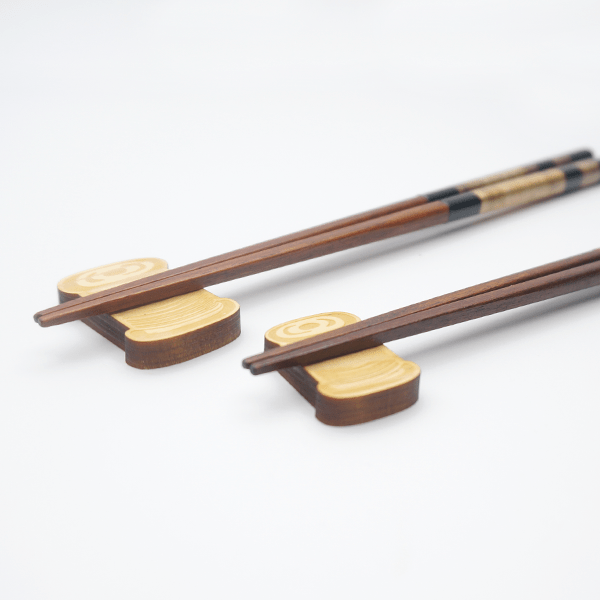
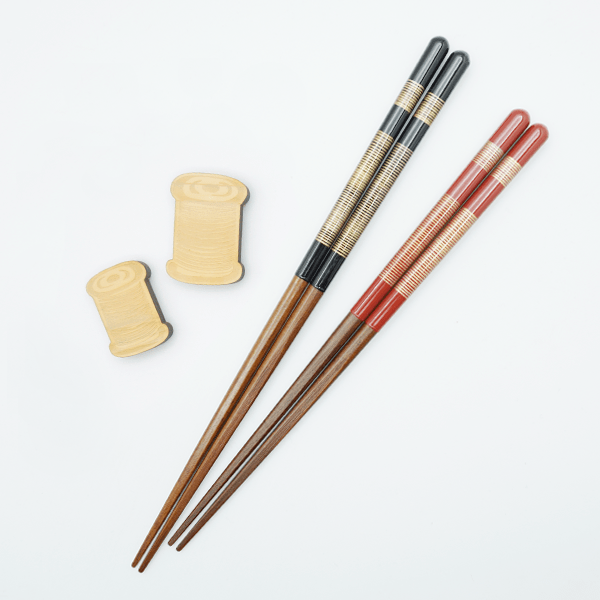
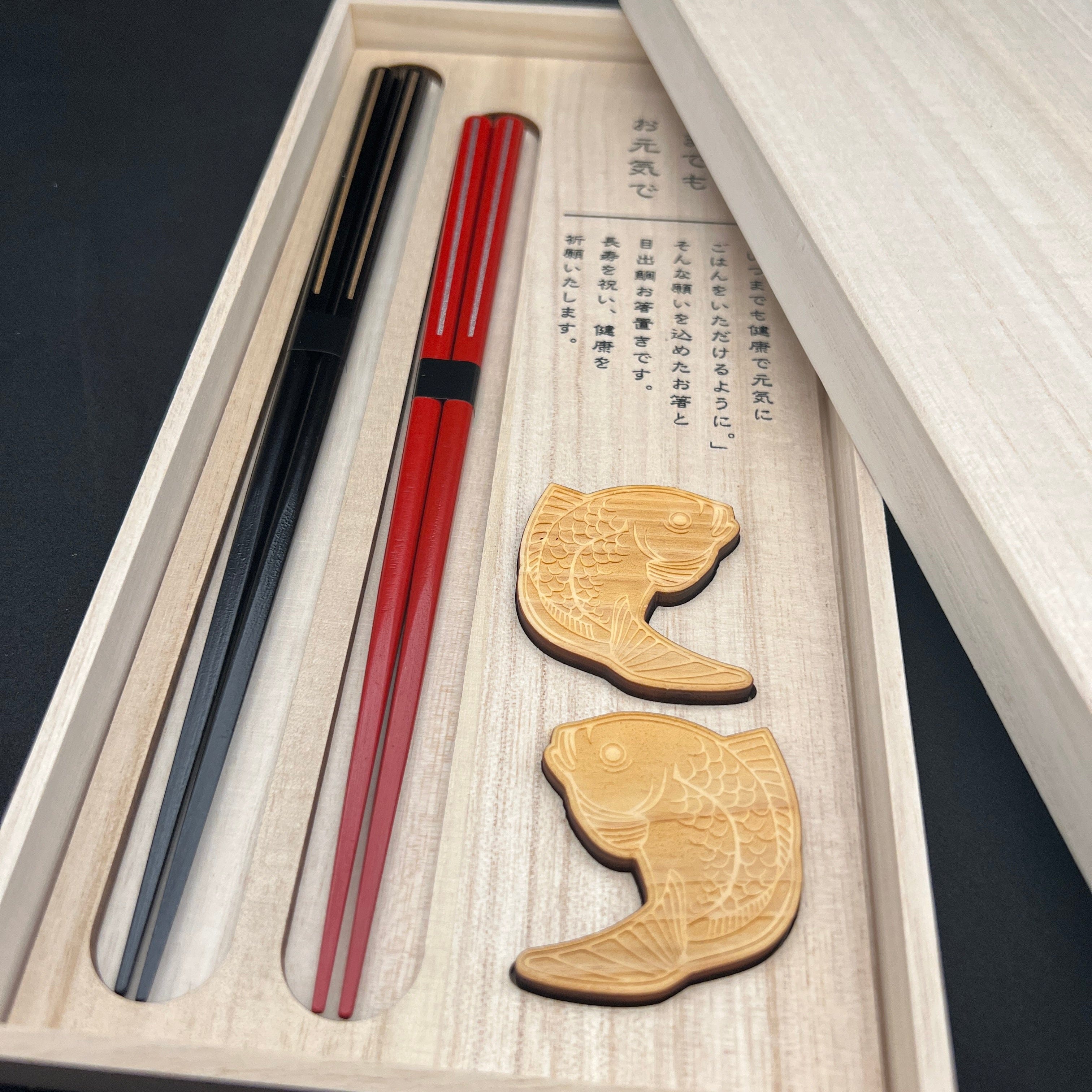
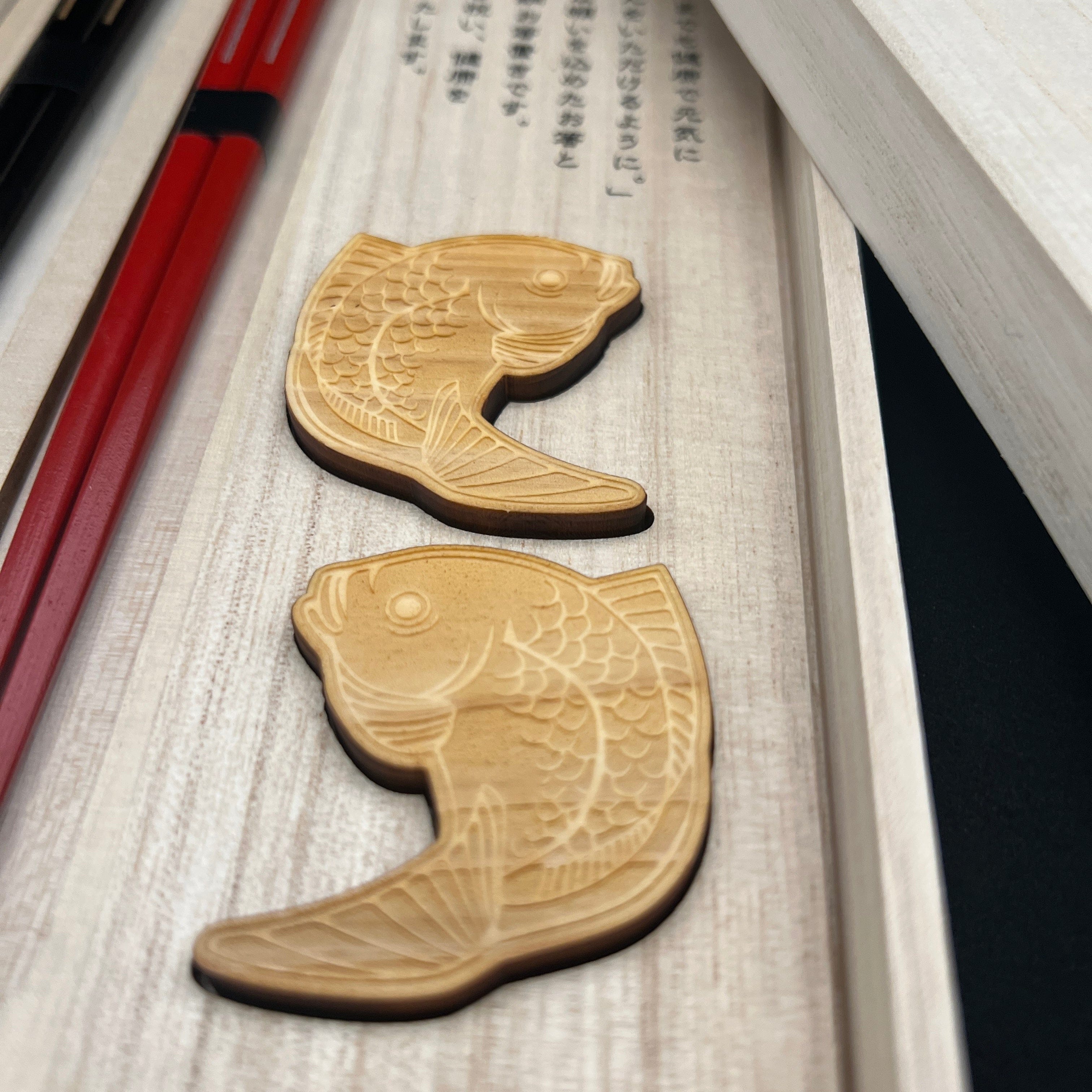
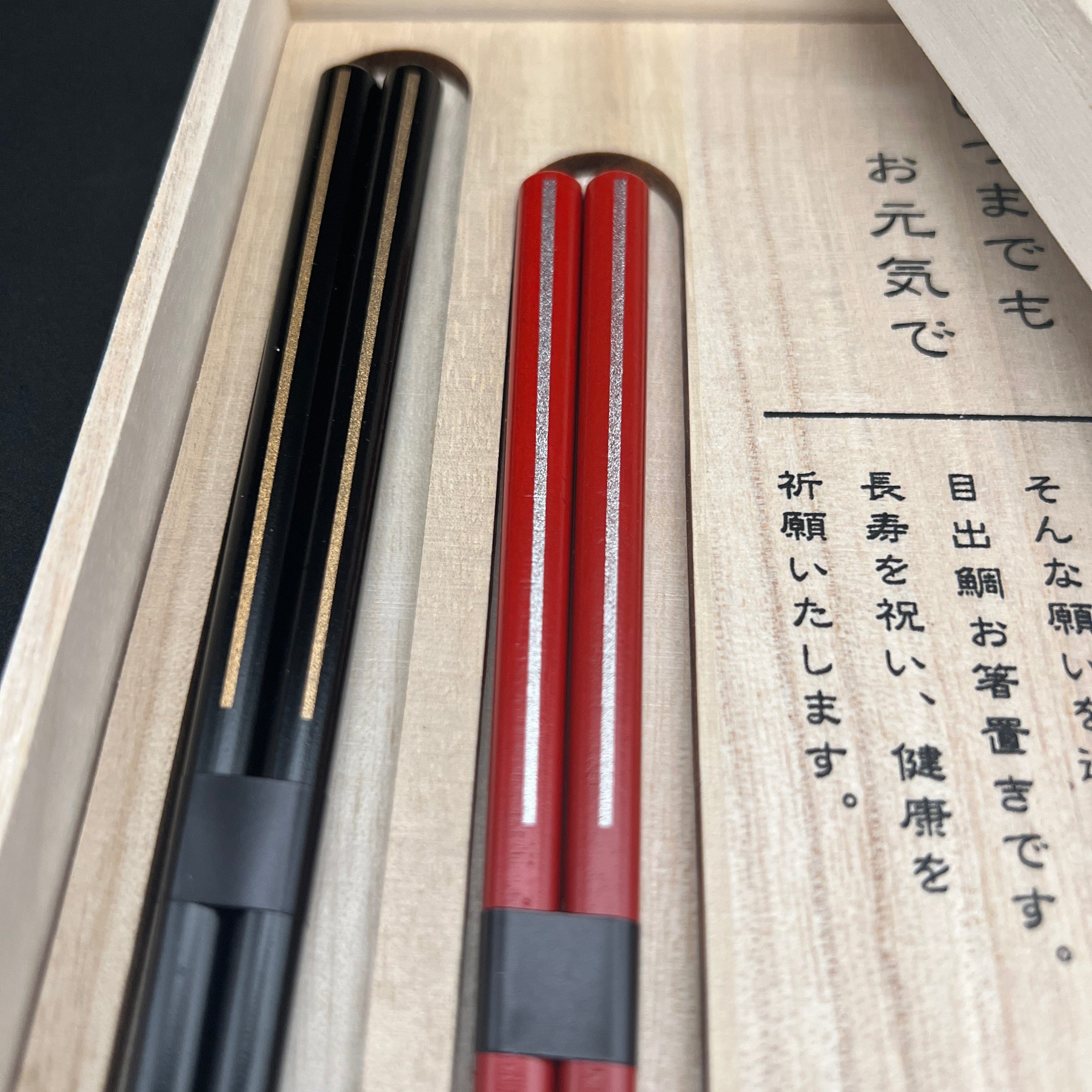
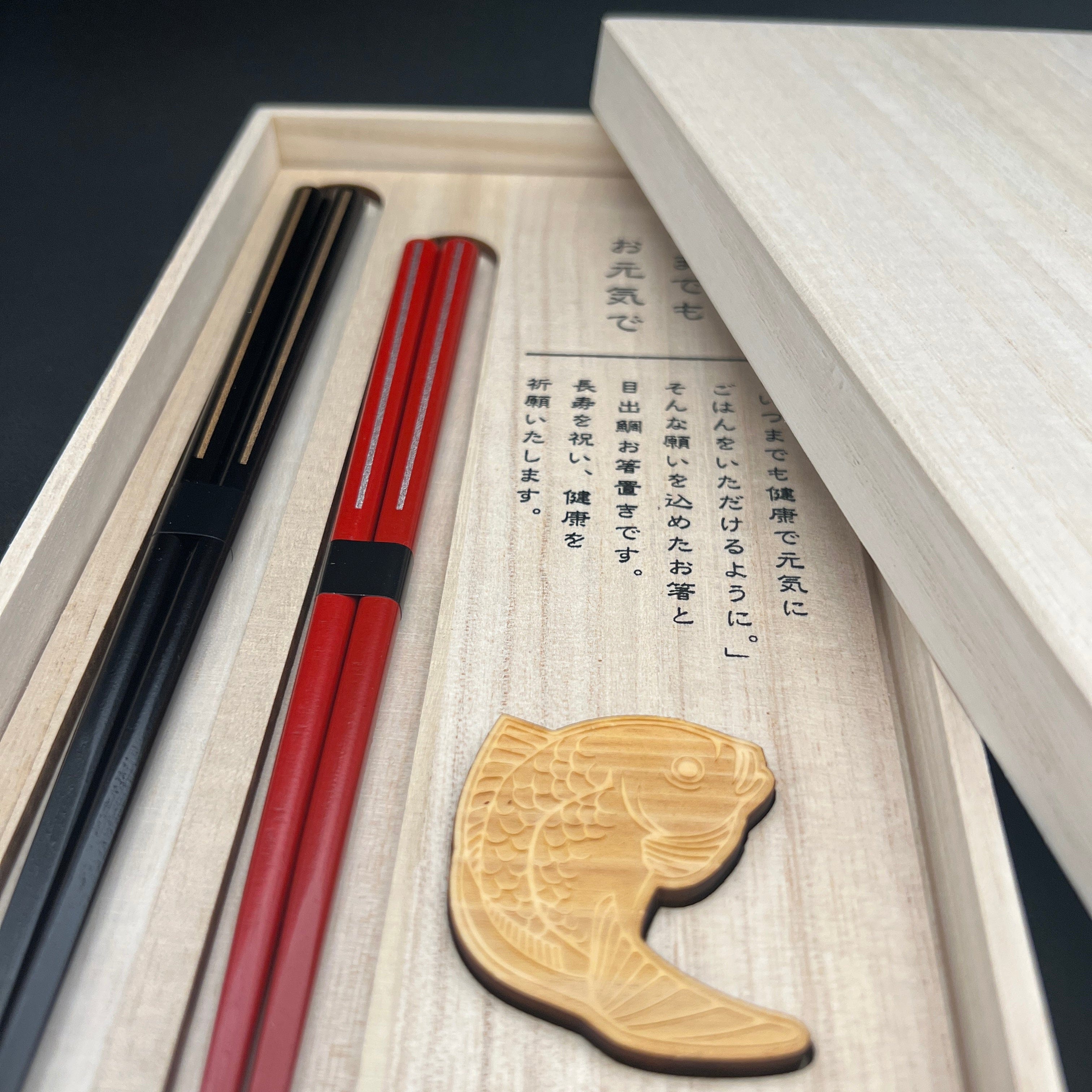
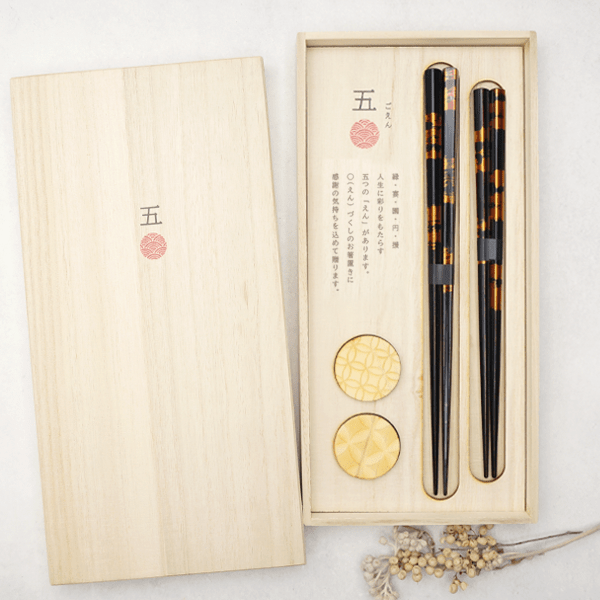
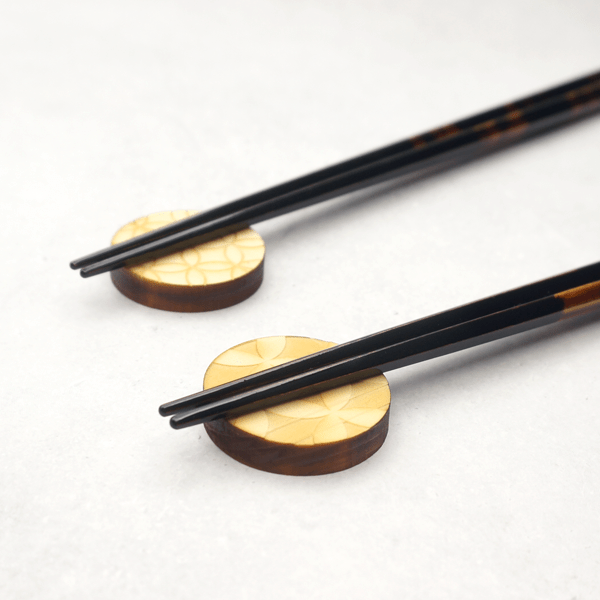
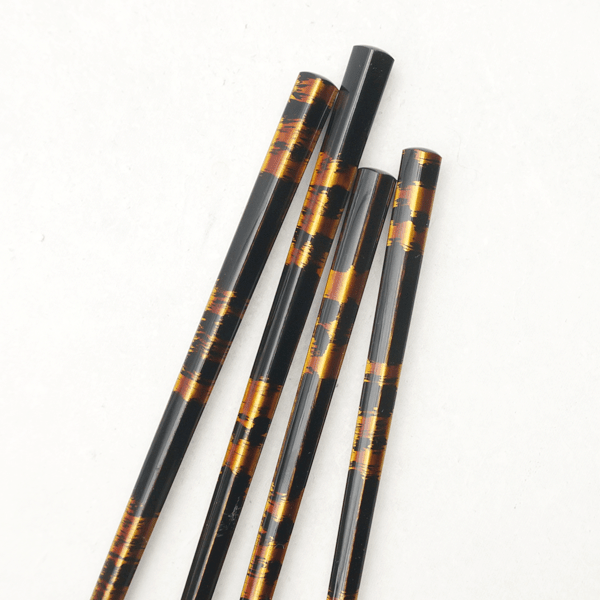
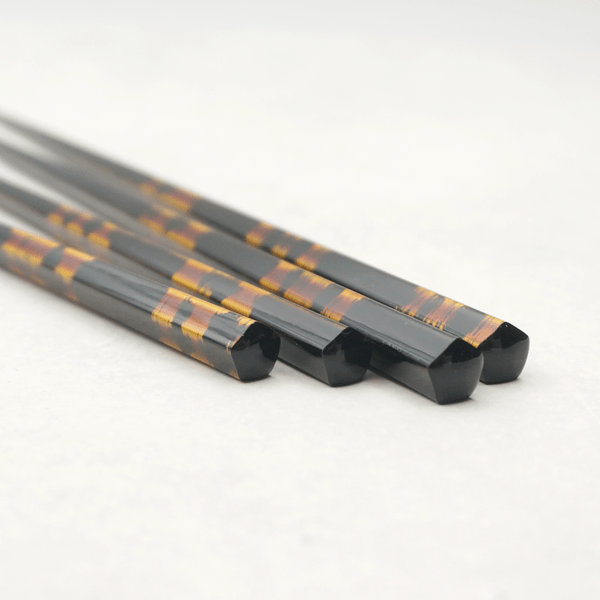
Share: